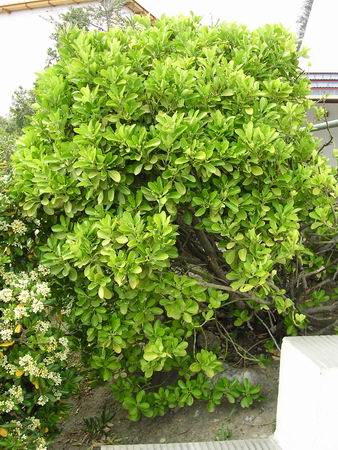Treball de sintesi
miércoles, 8 de mayo de 2013
Activity 1 Natural science:
Gaudi was inspired by a salamander
Gaudi was inspired swirls, serves to hold the ceiling is made of stone.
Gaudi was inspired by the waves of the sea, a place made especially for the daughter of Eusebi Güell she was sick so he could stroll without wet or it touches the ground. On top there is a way and made of stone.
Gaudi was inspired by the sun, is made of a brittle decor and more in the park.
Gaudi was inspired by the leaves of the palm trees, it is made with a fence and iron.
Activity
2 Natural science:
·
Gaudi in Park Guell was used to make the waves in front of
the entrance yet be a bank.
·
Gaudi used things for the environment to build their
monuments.
·
In the walls of the monuments with religious things done.
·
Kite fireplaces in the house apart from being fireplaces are
also part of the decoration.
miércoles, 24 de abril de 2013
Activity 3 natural science
Activity
3 natural science
Marfull: In Spanish it is called durillo,
In Catalan it is called Marfull and in English it is called Viburnum tinus and
the scientific name is Viburnum tinus.
Location: In Catalonia it is very common in
marine wet lands of the Principality, where is the oak with honeysuckle bushes,
and they are the degradation, which also is part of. Is also present, but rare,
Valencia and Mallorca, as well as the rest of Catalonia, except two areas where
climate is not extreme: the Pyrenees and the more continental climate zone central
depression (the plains Urgell and Lleida and the northern Ebro basin). It is a
typical Mediterranean shrub that grows both in the countries of southern Europe
and northern Africa and the Middle East.
Adelfa: In Spanish it is called adelfa, in English it is called Nerium
oleander and in Catalan it is called baladre. The scientific
name is Nerium oleander.

Location:
It grows in all types of soils, from sea level to 1200 m high, prefers the
proximity of a watercourse and supports the arid terrain thanks to its powerful
roots that reach groundwater moisture. Although it is native to the
Mediterranean region and temperate Asia (Arabian Peninsula, Western Asia and
China) can be found as an ornamental plant in much of the world (Indochina,
North Africa, and subtropical regions of America ), albeit with considerable
toxicity. Artificially, planted gardens and parks of towns and cities.
Evònim: In Spanish it is called Euonymus, in Catalan it is
called Evònim and English it is Euonymus. The scientific name is Euonymus.
Location:
It's kind of mountainous and only has the beginning and French Catalonia. It
has a special meaning in the common oak gall, the woods, etc..
.

Suscribirse a:
Entradas (Atom)





